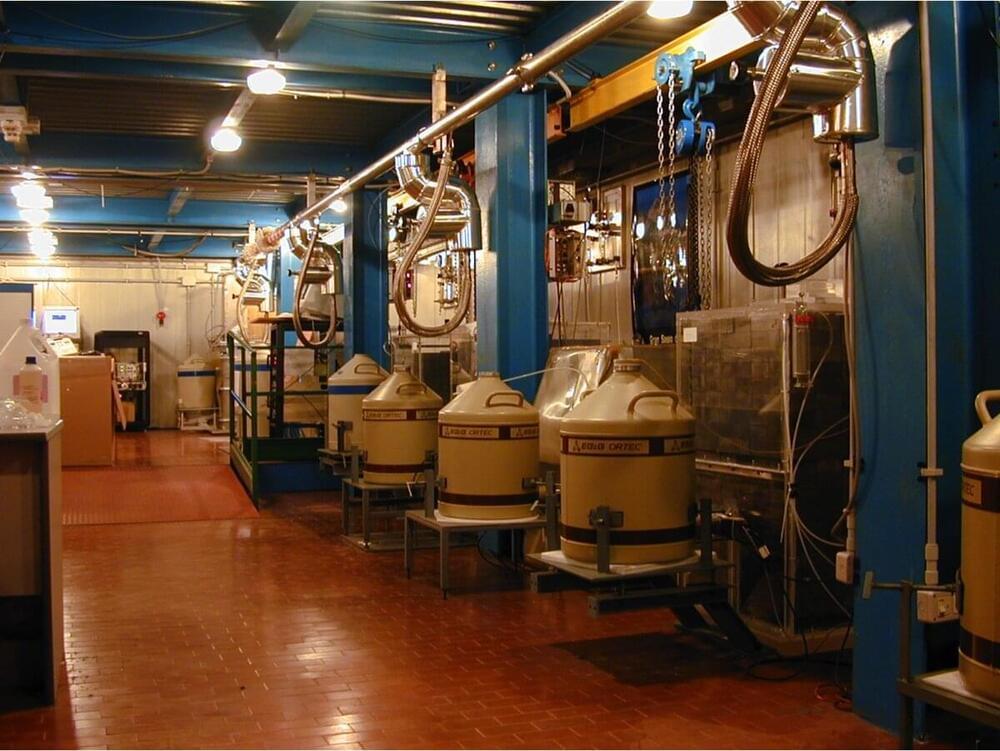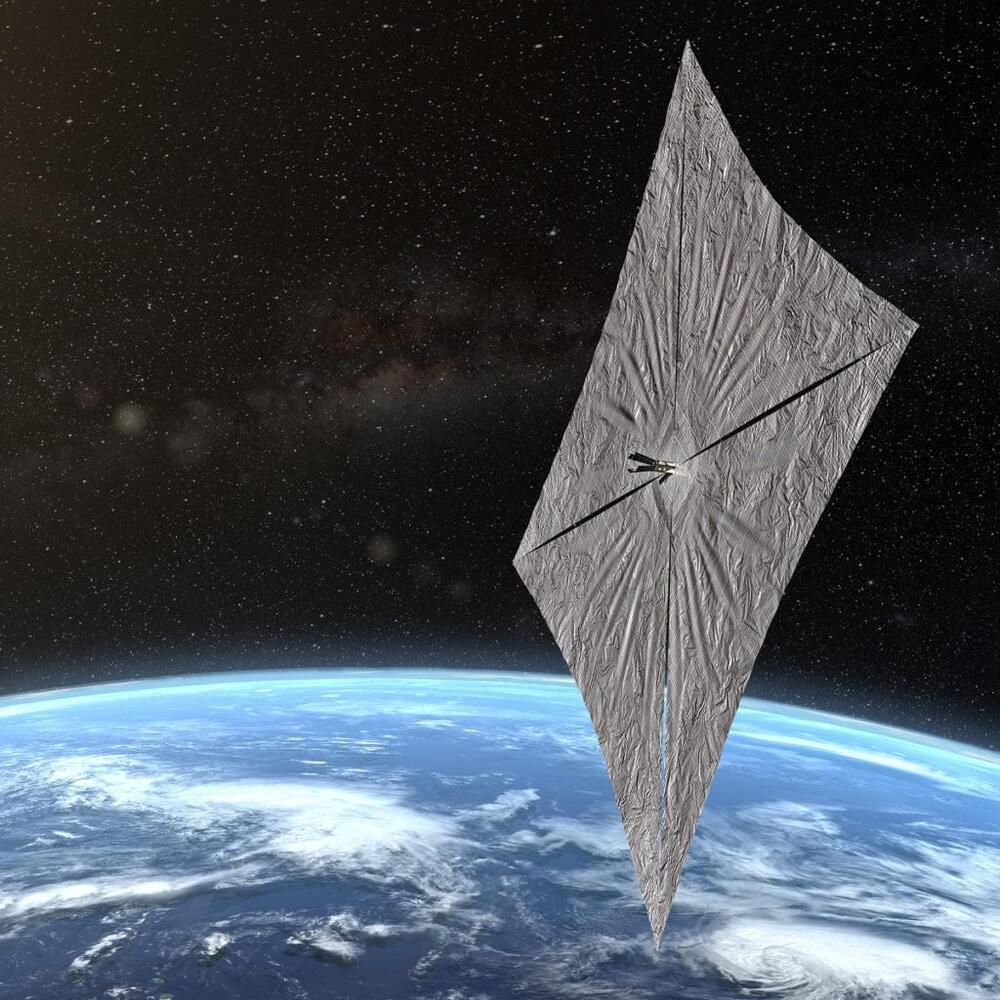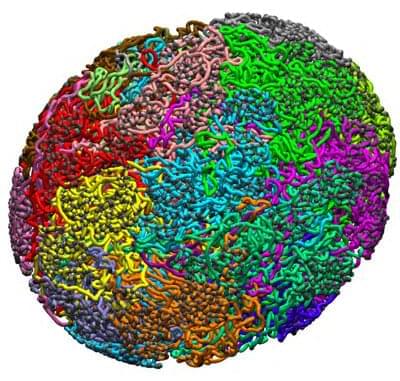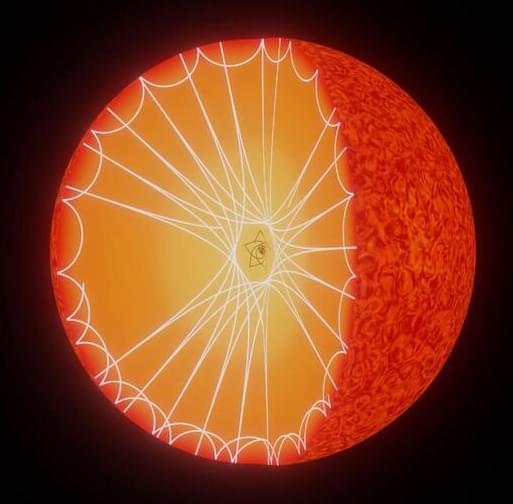A few weeks ago, the Defense Advanced Research Projects Agency (DARPA) quietly unveiled a new high-speed missile program called Gambit. The program is meant to leverage a novel method of propulsion that could have far-reaching implications not just in terms of weapons development, but for high-speed aircraft and even in how the Navy’s warships are powered.
This propulsion system, known as a rotation detonation engine (RDE), has the potential to be lighter than existing jet engines while offering a significant boost in power output, range, and fuel efficiency.
The Gambit missile is just one of a number of programs placing a renewed focus on RDE technology, though for the most part, these systems have managed to fly under the media’s radar.
Follow Dr. Chris Combs on Twitter: https://twitter.com/DrChrisCombs.
Follow Steve Trimble: https://twitter.com/TheDEWLine.
📱 Follow Sandboxx News on social.
Twitter: https://twitter.com/sandboxxnews.
Instagram: https://instagram.com/sandboxxnews.
Facebook: https://facebook.com/sandboxxnews.
TikTok: https://www.tiktok.com/@sandboxxnews.
📱 Follow Alex Hollings on social.









